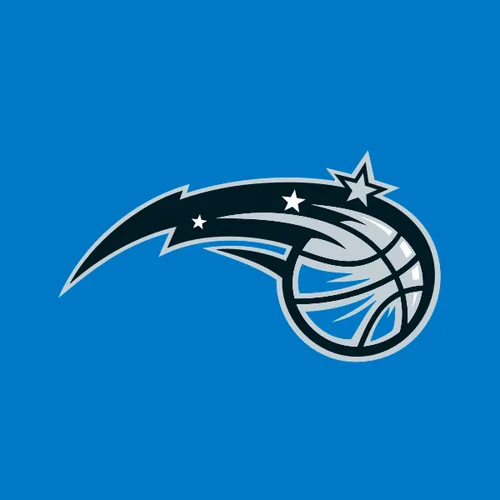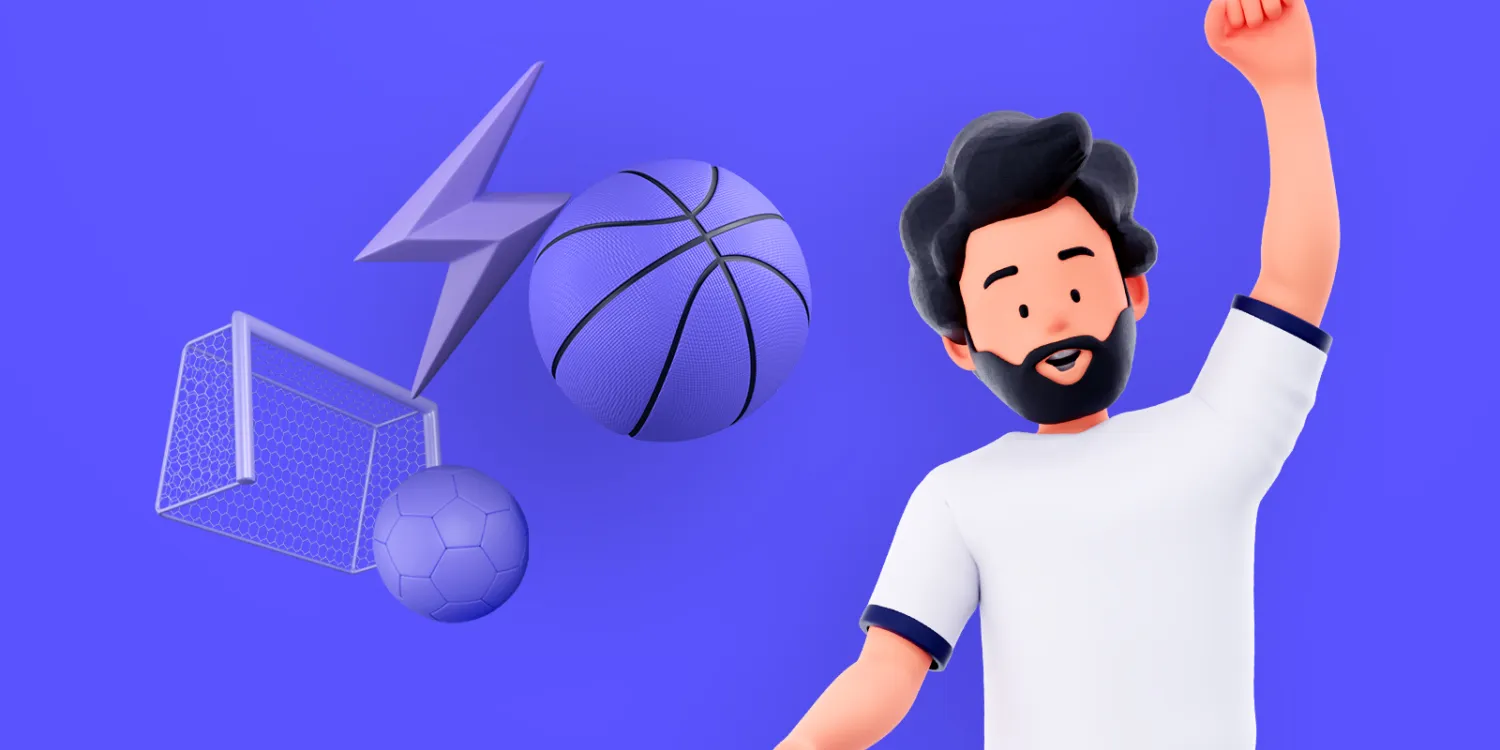







Product Design Jobs in the Sports Industry: A Quick Guide
Introduction
The sports industry is constantly evolving, with advancements in technology and materials fueling the development of cutting-edge products that cater to the needs of athletes and sports enthusiasts. Product design professionals play a crucial role in shaping the future of sports equipment, apparel, and accessories, combining creativity, technical expertise, and an understanding of user needs to create innovative and functional products. As a product designer in the sports industry, you will have the unique opportunity to impact the way athletes perform and experience their favorite sports.
The Role of Product Design Professionals in the Sports Industry
Product design professionals in the sports industry are responsible for conceptualizing, designing, and refining products that meet the requirements of athletes and sports enthusiasts. They work closely with various stakeholders, including engineers, marketers, and manufacturers, to ensure the successful development and launch of new products. Their work encompasses researching user needs, creating design concepts, developing prototypes, testing functionality and performance, and refining designs based on feedback and market trends.
Types of Product Design Jobs in the Sports Industry
In the sports industry, there are various product design roles that cater to different aspects of creating sports equipment, apparel, and accessories. The types of product design jobs available in the sports industry include:
Sports equipment designers, who focus on the design and development of sports gear such as balls, bats, helmets, and protective gear, ensuring functionality, durability, and optimal performance.
Apparel and footwear designers, specializing in the creation of sportswear, athletic shoes, and other clothing items designed for specific sports or activities, taking into account factors like comfort, breathability, and performance enhancement.
Accessory designers, responsible for developing items such as bags, gloves, and other accessories that cater to the unique needs of athletes and sports enthusiasts.
User experience (UX) and user interface (UI) designers, who work on digital products and platforms related to sports, such as fitness apps, wearable technology, and sports analytics software, ensuring a seamless and engaging user experience.
Design engineers, who collaborate with product designers to develop prototypes and refine designs, applying their knowledge of materials, manufacturing processes, and engineering principles to ensure products are functional, safe, and cost-effective.
Graphic designers, who create visually appealing graphics and branding elements for sports products, packaging, and promotional materials, contributing to the overall aesthetic appeal and marketability of the items.
Design managers and directors, who oversee teams of designers, providing guidance and direction, managing budgets and timelines, and ensuring projects align with the overall brand vision and goals.
These diverse roles within sports product design offer numerous opportunities for creative individuals to apply their skills and passion for sports in a variety of ways, contributing to the continued growth and success of the sports industry.
Salary Expectations for Product Design Professionals in the Sports Industry
Entry-level product designers in the sports industry can expect to earn a starting salary in the range of $45,000 to $55,000 per year. As you gain experience and progress to a junior-level position, your salary may increase to between $55,000 and $70,000 per year. Intermediate-level designers can expect to earn between $70,000 and $90,000, while senior-level professionals with extensive experience and a proven track record of success can command salaries upwards of $100,000 annually.
Essential Skills Needed to Succeed in Product Design in the Sports Industry
Creativity and innovation, to develop unique and compelling product designs
Technical expertise, including knowledge of materials, manufacturing processes, and industry-specific design principles
Strong communication and collaboration skills, to effectively work with cross-functional teams
Proficiency in design software, such as Adobe Creative Suite, AutoCAD, or SolidWorks
A keen understanding of user needs and market trends, to create products that resonate with target audiences
Tips for landing a product design job in the sports industry
Build a strong portfolio showcasing your design skills and relevant projects
Network with professionals in the sports industry through events, conferences, and online platforms
Pursue internships or freelance projects to gain hands-on experience via Rebound, make industry connections, and enhance your resume/cover letter
Continuously develop your skills and stay informed about the latest trends and technologies in sports product design
Customize your application materials to highlight your passion for sports and your relevant skills and experience for each job opportunity
Conclusion
A career in product design within the sports industry offers the chance to combine your passion for sports with your creativity and technical skills. As a product designer, you can make a meaningful impact on the performance and enjoyment of athletes and enthusiasts alike. By focusing on developing the right skills, networking, and building a compelling portfolio, you can successfully break into this exciting and rewarding field. As the sports industry continues to grow and evolve, the demand for innovative and well-designed products will only increase, presenting numerous opportunities for talented product designers to make their mark. Stay committed to your passion, continue learning and developing your skills, and take advantage of the wealth of resources available to help you navigate your career in sports product design. With persistence and determination, you can find success and fulfillment as a product design professional in the sports industry.



























